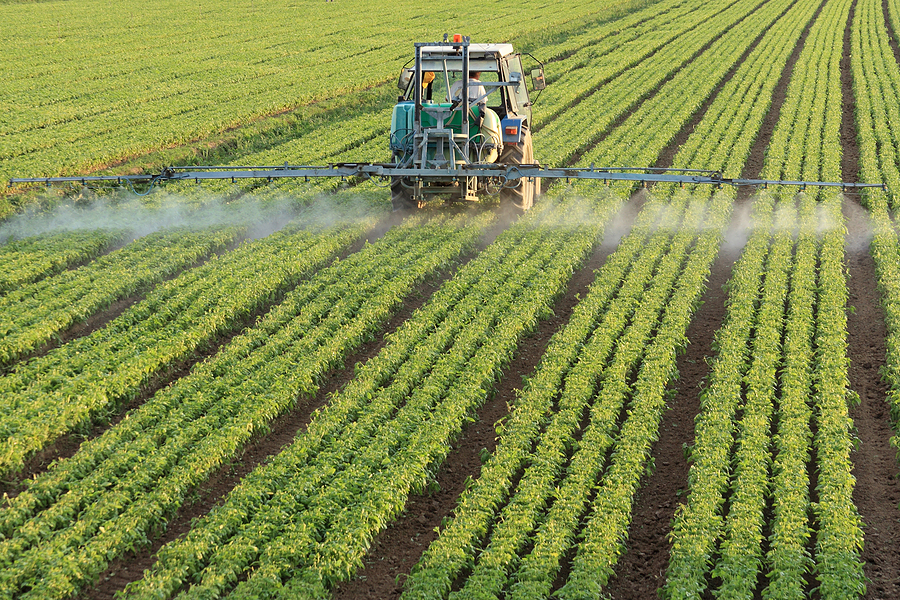The Senate approved sweeping new U.S. farm legislation on Thursday that would cut almost all traditional farm subsidies while expanding a costly crop insurance program, but odds are slim the bill will pass this year.
Passed by a 2-1 margin, the Senate’s $498 billion five-year farm bill would compensate growers when revenue from a crop falls, rather than prop up prices.
The bill saves at least $23 billion by cutting crop subsidies, conservation funding and food stamps for the poor. Crop subsidies provide the bulk of the savings.
“This is about reform. This is about reducing the deficit,” Agriculture Committee chairwoman Debbie Stabenow told a celebratory news conference.
While the Senate completed its farm bill, the House slowed its pace. Its Agriculture Committee will not begin work on a bill until mid-July, just before a five-week recess. Analysts say it will be difficult for the House to act or for Congress to enact a farm bill before the 2008 law expires on Sept 30.
Agriculture Committee leaders in the House and Senate disagree on fundamental points for the new farm law, ranging from how much to cut spending and how far to go in reforms. The House wants much deeper cuts in food stamps and $10 billion more in cuts overall than the Senate and would offer higher price supports to farmers when the Senate would end them.
The Senate farm bill terminates the $5 billion a year “direct payment” subsidy, a target of reformers, as part of creating a new safety net aimed at the agricultural exigencies of the 21st Century — high and volatile market prices and rising global food demand.
Grain and soybean growers would qualify for federal payments when revenue from a crop is from 11 to 21 percent below normal. Crop insurance would cover deeper losses.
The Senate bill makes federally subsidized crop insurance the centerpiece of the farm program and expands outlays on the program.
The rising cost of crop insurance has been a target of criticism as being too generous to farmers and to a small group of large insurance companies. The government pays 60 cents of each $1 in premiums for crop insurance.
During debate, the Senate voted, 66-33, to reduce premium subsidies for wealthy farmers making more than $750,000 a year in adjusted gross income and, 52-47, to require farmers to practice soil, water and wildlife conservation to qualify for subsidized insurance. Similar constraints are attached to farm subsidies now.
“The only thing that is missing is payment limits,” said Ferd Hoefner, a small-farm advocate.
There are no limits on how much farmer can collect on crop insurance.
A Michigan Democrat, Stabenow said farm bill reforms include tighter limits on who is eligible for farm subsidies and a $50,000 limit on revenue compensation to growers.
“Maybe we’ve done something special here,” said Kansas Senator Pat Roberts, the Republican leader on the committee who worked closely with Stabenow on the bill. “Even in the middle of an election year, we can get something done.”
Agriculture Secretary Tom Vilsack urged Congress to keep the bill moving forward.
“Swift action is needed so that American farmers and ranchers and our rural communities have the certainty they need to continue strengthening the rural and national economy,” Vilsack said in a statement.
(Additional reporting by Russ Blinch; Editing by Jim Marshall and Bob Burgdorfer)
Topics Agribusiness Politics
Was this article valuable?
Here are more articles you may enjoy.



 Consumer Acceptance of Telematics Widens, Says Survey
Consumer Acceptance of Telematics Widens, Says Survey  Court Orders Justice Family Coal Companies to Pay $1M to Liberty Mutual Unit
Court Orders Justice Family Coal Companies to Pay $1M to Liberty Mutual Unit  Wildfires, Storms Fuel 2025 Insured Losses of $108 Billion: Munich Re Report
Wildfires, Storms Fuel 2025 Insured Losses of $108 Billion: Munich Re Report  Florida Lawmakers Ready for Another Shot at Litigation Funding Limits
Florida Lawmakers Ready for Another Shot at Litigation Funding Limits 

